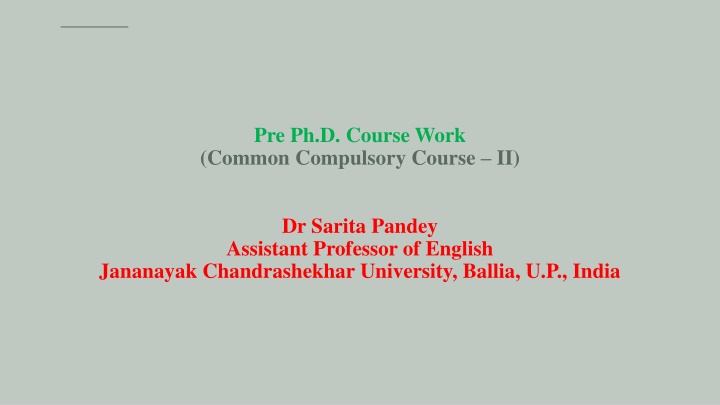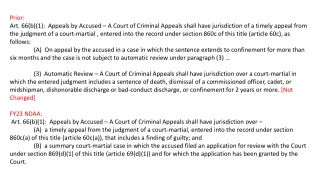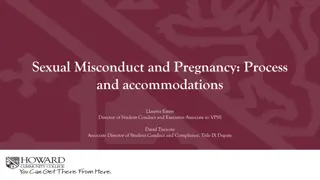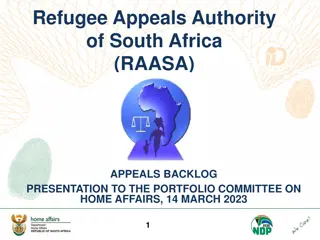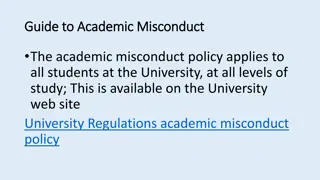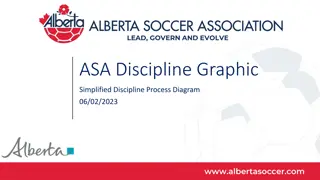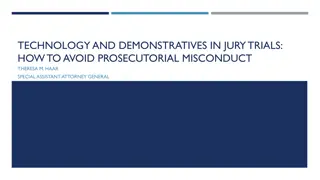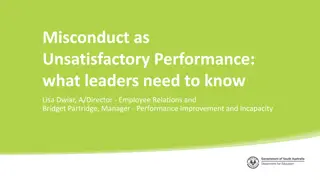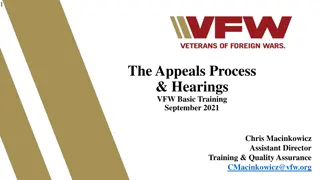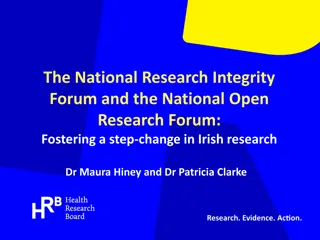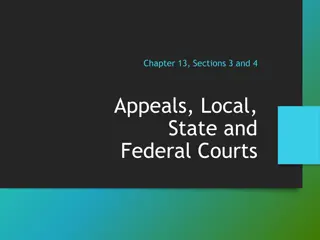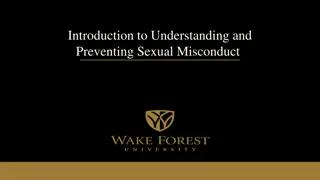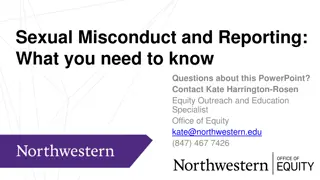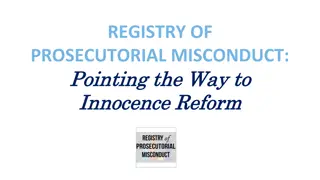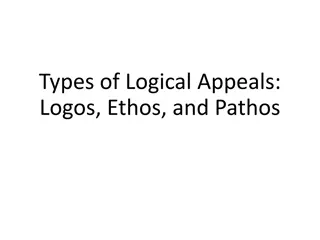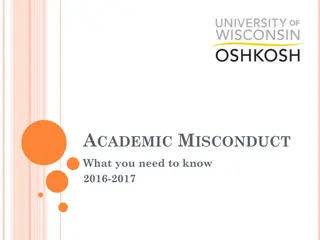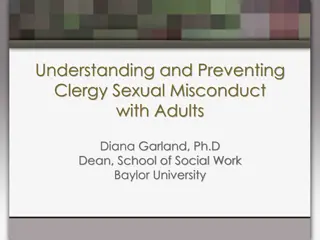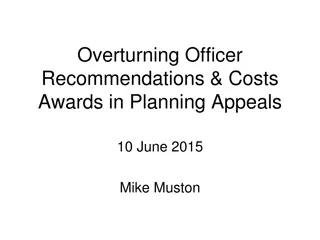Publication Misconduct and Appeals Process in Academic Journals
Identification and handling of publication misconduct such as plagiarism, authorship issues, and conflicts of interest are crucial in academic settings. This process involves editor-mediated communication, post-publication reactions, and mechanisms for complaints and appeals to ensure research integrity and ethical standards are upheld.
Download Presentation

Please find below an Image/Link to download the presentation.
The content on the website is provided AS IS for your information and personal use only. It may not be sold, licensed, or shared on other websites without obtaining consent from the author.If you encounter any issues during the download, it is possible that the publisher has removed the file from their server.
You are allowed to download the files provided on this website for personal or commercial use, subject to the condition that they are used lawfully. All files are the property of their respective owners.
The content on the website is provided AS IS for your information and personal use only. It may not be sold, licensed, or shared on other websites without obtaining consent from the author.
E N D
Presentation Transcript
Pre Ph.D. Course Work (Common Compulsory Course II) Dr Sarita Pandey Assistant Professor of English Jananayak Chandrashekhar University, Ballia, U.P., India
Identification of Publication Misconduct, Complaints and Appeals Publication misconduct: Plagiarism, authorship (guest, gift), Conflict of interest, redundant/duplicate publication, fabrication, falsification, Lack of consent, sabotage, selective reporting, misrepresentation of data. How to handle reviewer misconduct when he is rude and constructed review, conflict of interest, appropriation of author s data or idea If he is rude, comment of reviewer can be deleted. Editor can reject him for further review. If COI arises, editor can take a second opinion about the research paper. Paper can be sent for single/double blind peer review. If problem of author s data or idea arises, COPE guidelines can be followed. Fair mechanism should be followed. Authors can appeal to editorial decisions. Further correct the unintentional faults or any unwanted textual and numerical date revision.
Identification of Publication Misconduct, Complaints and Appeals Editor mediates all types of communication between authors and peer reviewers in time of review activities. Complaints and Appeals Reaction process happened during the post-publication of an article made by an author. Former author points out critically where fabrication, falsification and plagiarism is done in the next published article of the accused author. Prior author launches a complaint before the editor under whose jurisdiction the later author publishes his article. Complaint is handled by the editorial board of the journal and decides the course of action. Feedback is provided to the complaint.
Complaints and Appeals Complainant is not satisfied regarding the complaint then he submit the complaint to the committee of publication ethics. Appeals Next step where editorial board informs the author about his misconduct. The reaction is taken from the editor and request is sent with proper justification. Authenticated information sent. Communication with editor for further decision. Editor will take the final decision.
